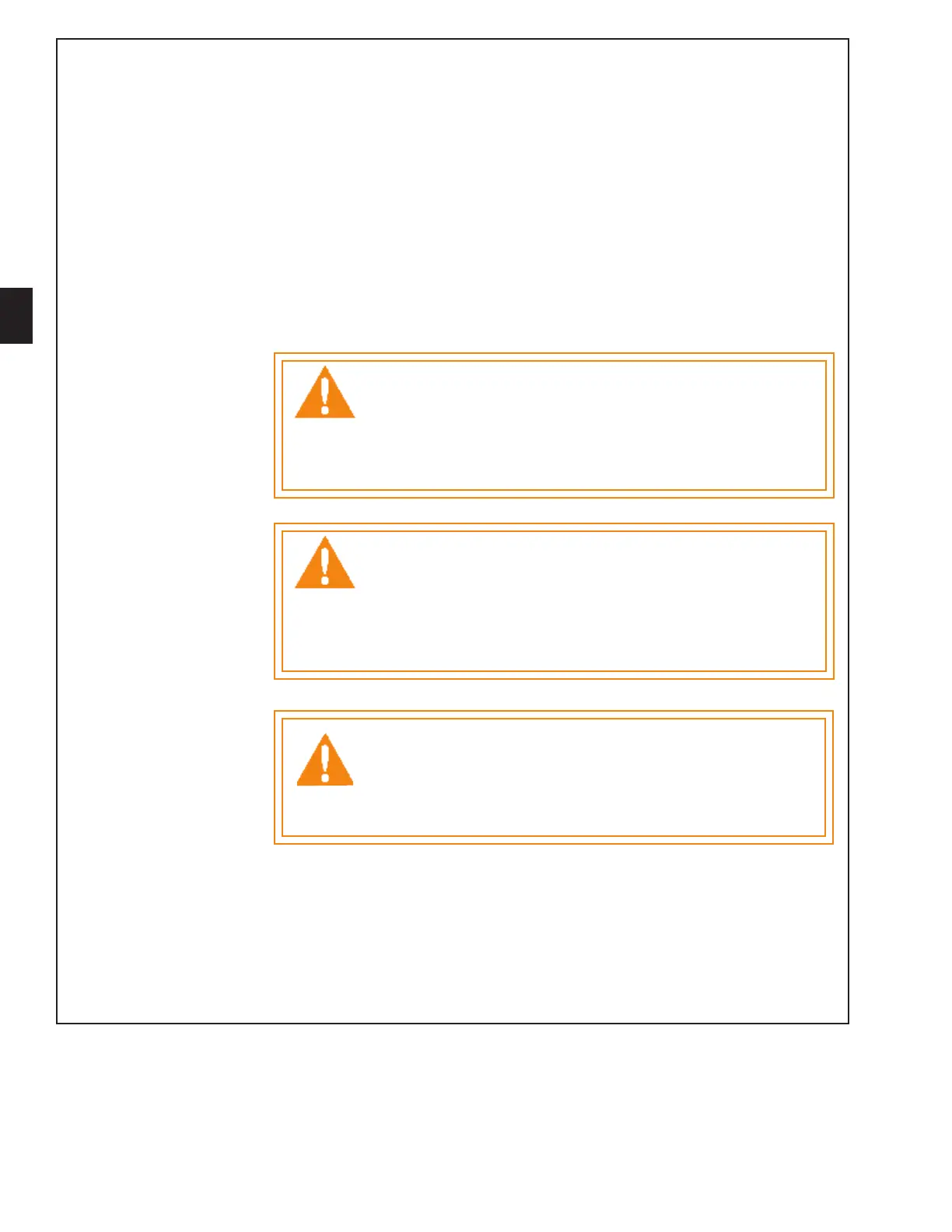18
3
STEP 5. After the edge is removed, run the sharpness indicator gauge along the area of edge
removal to check for any remaining sharpness. If the rubber is still cut, perform the steps
again to remove the sharp edge. Always remove the minimum amount of material necessary
to eliminate the sharp edge.
STEP 6. Check the rim flange height with the Alcoa Rim Flange Wear gauge to make sure
there is adequate height remaining to safely support the tire. The photograph again shows
how this gauge is used (photo 1). Be sure to move the gauge all around the wheel’s circum-
ference and make sure that no area of the flange is below what the gauge indicates is accept-
able. If the entire wheel flange is within the limits of the rim flange wear gauge, the wheel
may be returned to service.
STEP 7. Always inspect the wheel for any other conditions that would warrant removal
from service. Consult the Alcoa Wheel Service Manual or the TMC User’s Guide to Wheels
and Rims.
Always follow safe mounting procedures as recommended using OSHA approved tire inflation cages. See the Alcoa
Wheel Service Manual or OSHA safety wall charts and procedures.
Rim flange
wear (continued)
WARNING Welding or brazing the rim flange or any area of an Alcoa aluminum wheel will weaken the
wheel. Weakened or damaged wheels can lead to an explosive separation
of tires and wheels or wheel failure on the vehicle.
Explosive separations of tires and wheels or wheel failure on the vehicle could cause serious injury or
death.
Never attempt to weld or braze any surface of an Alcoa aluminum wheel.
WARNING
WARNING Returning wheels to service with inadequate flange height as determined
by the Alcoa Rim Flange Wear Gauge can lead to an explosive separation of tires
and wheels.
Explosive separation can cause serious injury or death.
Wheels with flange height that falls below the Alcoa gauge have inadequate rim flange height to
support the tire on the rim. Immediately and permanently remove any wheel from service that has
inadequate rim flange height.
WARNING
WARNING
Excessive heat from fire, brake malfunction, wheel bearing failure, tire
failure or other sources may weaken the metal and cause the wheel/tire assembly to
separate explosively.
Exploding wheel/tire assembly can cause serious injury or death.
Immediately and permanently remove from service any wheel
that has been exposed to excessive heat.
WARNING

